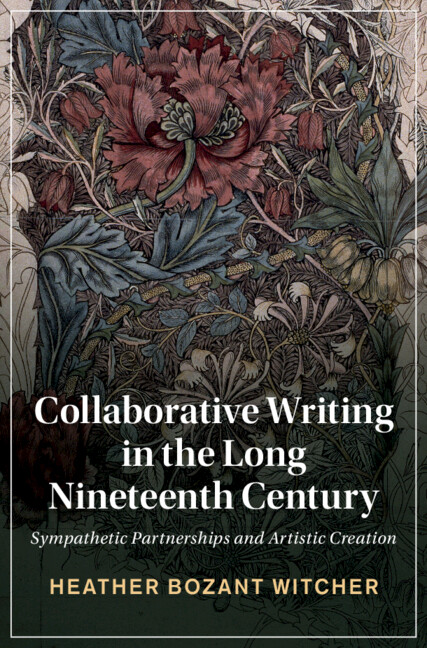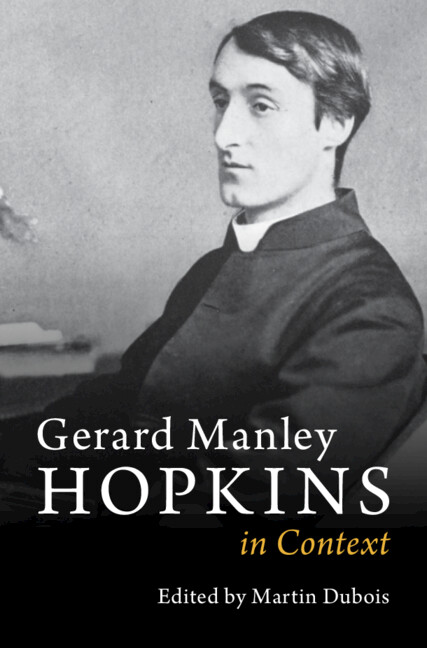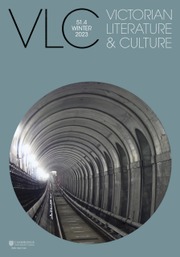Birdsong, Speech and Poetry
In the long nineteenth century, scientists discovered striking similarities between how birds learn to sing and how children learn to speak. Tracing the 'science of birdsong' as it developed from the 'ingenious' experiments of Daines Barrington to the evolutionary arguments of Charles Darwin, Francesca Mackenney reveals a legacy of thought which informs, and consequently affords fresh insights into, a canonical group of poems about birdsong in the Romantic and Victorian periods. With a particular focus on the writings of Samuel Taylor Coleridge, the Wordsworth siblings, John Clare and Thomas Hardy, her book explores how poets responded to an analogy which challenged definitions of language and therefore of what it means to be human. Drawing together responses to birdsong in science, music and poetry, her distinctive interdisciplinary approach challenges many of the long-standing cultural assumptions which have shaped (and continue to shape) how we respond to other creatures in the Anthropocene.
- Interdisciplinary in approach, drawing together and comparing how scientists, musicians and poets have interpreted, and tried to understand, both the everyday mystery of birdsong and the essence of poetry
- Interrogates many of the deep-rooted anthropocentric prejudices that have shaped (and continue to shape) how we respond to other species in the Anthropocene
- Shines new light on the 'science of birdsong' as it developed in the long nineteenth century and reveals a legacy of thought that informs, and consequently affords fresh insights into, a canonical group of poems about birdsong in the Romantic and Victorian periods
Reviews & endorsements
'… this carefully argued, sensitively written book adds substantially to the growing body of interdisciplinary work that examines literature in the context of questioning Anthropocene assumptions about what it is to be human, and the cultural history of our responses to the more-than-human world.' Sara Lodge, Times Literary Supplement
'Mackenney's wide-ranging knowledge of the nineteenth-century science offers compelling readings of canonical and non-canonical works to raise burgeoning questions about race, gender and class in literature of the long nineteenth century.' Hee Eun Helen Lee, www.review19.org
'Can one think without words? This book offers a fascinating discussion of literary, scientific, and philosophical engagements with this question. … it makes an important contribution to studies of the non-human in Romantic and Victorian literature; in particular, it reminds readers that descriptions of beautiful, singing birds are neither merely figurative nor ethically neutral.' Shannon Draucker, Victorian Studies
Product details
March 2025Paperback
9781009074681
254 pages
229 × 152 × 14 mm
0.375kg
Available
Table of Contents
- Introduction
- 1. The science of birdsong:
- 1773-1871
- 2. The science of language:
- 1755-1873
- 3. 'Prelusive notes': Coleridge and the Wordsworths
- 4. 'Undersong': John Clare
- 5. 'We Teach 'Em Airs That Way': Thomas Hardy
- Conclusion
- Bibliography
- Index.







